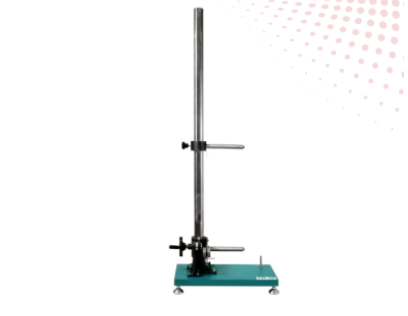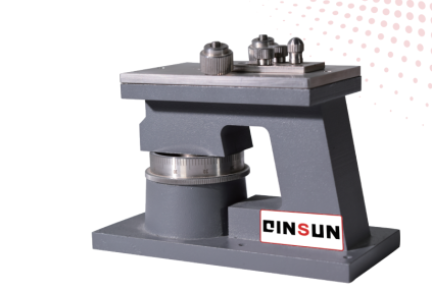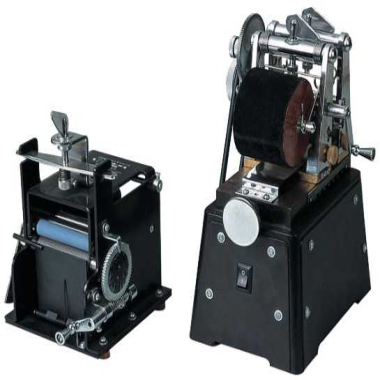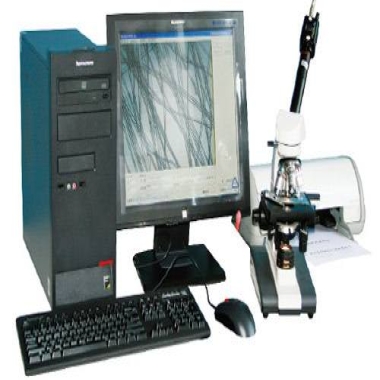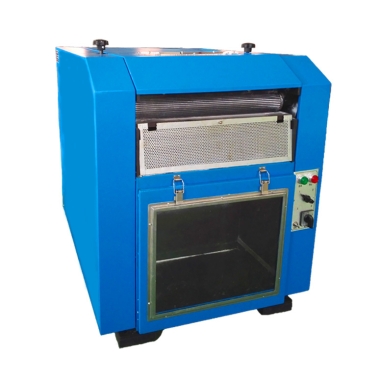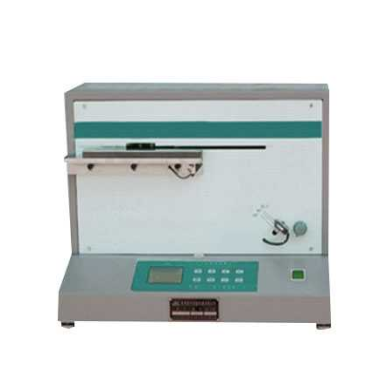Shoe Heel Impact Fatigue Tester
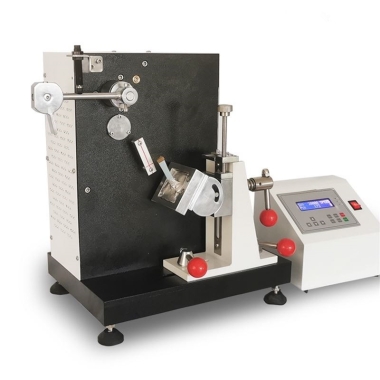
1. Product Introduction & Applications
The Shoe Heel Impact Fatigue Tester is designed to evaluate the durability and fatigue resistance of shoe heels, particularly high heels, mid-heels, and similar footwear. By simulating real-world walking or running forces, the machine delivers repeated impacts on the heel to determine the number of cycles until failure.
Applications:
Testing heel fatigue and durability for high-end, casual, or professional footwear
Quality control in footwear manufacturing
Research and development for heel design optimization
Verification of heel performance under repeated stress conditions
Comparative testing for different heel types and materials
2. Conformity Standards
BS 5131 — Methods for heel fatigue and impact testing
SATRA TM21 — Heel impact fatigue testing procedures
Other national and international footwear standards
3. Product Advantages
Measures Key Durability Property: Evaluates the heel’s resistance to fatigue and breakage from repeated impacts.
Standard Compliant: Fully adheres to BS 5131 and SATRA TM21 standards.
Simulates Real-World Impacts: Replicates forces experienced during walking or running.
Quantitative Assessment: Provides the number of impact cycles until failure as an objective durability measure.
Continuous Stress Evaluation: Tests the heel’s tolerance to ongoing impact.
Applicable to Various Heel Types: High heels, mid-heels, and other footwear with defined heels.
Supports R&D and Quality Control: Helps optimize design, improve durability, and ensure product reliability.
Controllable Test Parameters: Allows precise adjustment of impact energy and shock frequency.
4. Product Features
Swing arm transmits impact energy to the heel with controlled precision.
Punching hammer delivers the required impact, with adjustable size and hardness according to testing requirements.
Punch edge designed to provide consistent impact directly on the heel.
Adjustable shock frequency to simulate continuous heel impacts.
Data acquisition system can record cycles until heel failure.
Robust construction suitable for repetitive testing in laboratories or QC environments.
5. Technical Parameters
| Parameter | Specification |
|---|---|
| Impact Energy | Typically 0.68 J/blow (adjustable for different impact strengths) |
| Shock Frequency | Usually 60 shocks per minute (adjustable) |
| Swing Arm Diameter | Typically 12.5 mm |
| Punching Hammer | Size and hardness sufficient for effective impact, model-dependent |
| Punch Edge | Specific size and hardness according to test requirements |
| Suitable Heel Types | High heels, mid-heels, other defined heel footwear |
| Power Supply | AC 220V (model-dependent) |
| Dimensions & Weight | Model-specific, robust construction for laboratory use |
6. FAQ
Q1: What types of heels can be tested?
A1: High heels, mid-heels, and other footwear with defined heel structures.
Q2: How is impact simulated?
A2: Using a swinging arm and punching hammer that deliver controlled impact energy at adjustable frequencies.
Q3: What data does the machine provide?
A3: The number of impact cycles until heel failure, providing an objective measure of durability.
Q4: Can impact energy and frequency be adjusted?
A4: Yes, both impact energy and shock frequency can be precisely controlled to simulate different walking or running conditions.
Leave Message Get Price



